Are you looking for a faster, more efficient way to complete construction projects without the headaches of managing multiple contracts?
The design-build method has become a game-changer in the construction industry, offering a streamlined approach that combines design and construction under a single contract. This approach streamlines the entire process, fostering collaboration between designers and builders from day one.
Unlike more complex methods like design-bid-build, where separate contracts are issued for each phase, or construction management at risk (CMAR) and integrated project delivery (IPD), which involve intricate project management structures, design-build offers a simpler, more unified approach.
This method minimizes conflicts, reduces delays, and speeds up project completion. Whether you’re a project owner, contractor, or architect, understanding the advantages of design-build can help you achieve better results with greater efficiency in your next project.
What is the Design-Build Method?
The design-build method is a project delivery method where both the design and construction phases are managed by a single entity, known as the design-builder.
Unlike the traditional design-bid-build approach, where the design and construction are completed by separate teams under separate contracts, the design-build method brings together designers and contractors to work collaboratively from the beginning.
In this way, the design-build contractor is responsible for all aspects of the project, including architectural design, engineering, and construction.
The design-build process involves early collaboration between all parties, simplifying communication and allowing the project to progress through the design process and construction phase more efficiently. This approach is managed under a single contract, making it a cohesive and integrated way to deliver projects.
How Does the Design-Build Process Work?
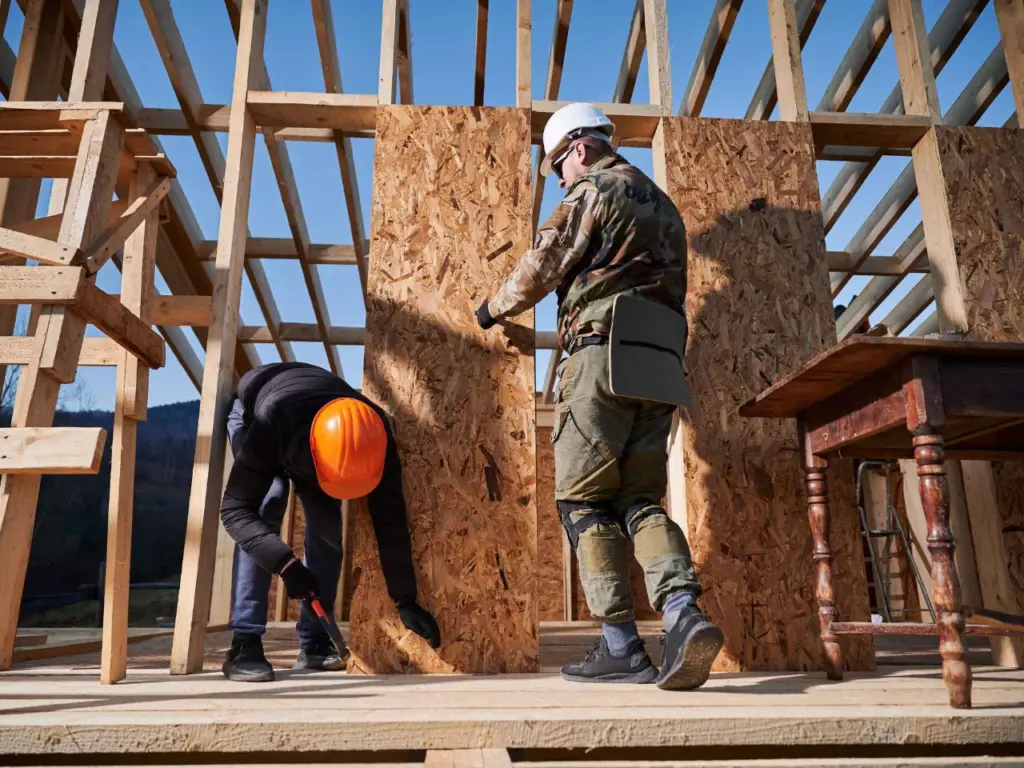
The design-build process works by simplifying the construction process from the initial concept through project completion under one unified team. This project delivery method is designed to streamline communication, minimize disputes, and speed up the entire process by integrating design and construction into a single contract. Here’s a breakdown of how the design-build method functions:
Selection of the Design-Builder
The process begins with the project owner selecting a design-build contractor or firm. This selection can be based on various criteria such as qualifications, past experience, and cost estimates. Unlike design-bid-build, where designers and contractors are selected separately through different bidding processes, the design-build method involves hiring one entity for both roles.
Initial Collaboration and Conceptual Design
Once the design and construction service is hired, the design-build team collaborates with the owner to define the project’s vision, project goals, scope, and budget. Early collaboration is fundamental here, as designers and contractors are part of the discussion from day one. This phase often includes:
- Defining the project scope and goals.
- Conducting feasibility studies and initial architectural design.
- Outlining project timelines and costs.
Design Development
In the design phase, the design-build team refines the project’s concept into detailed plans and specifications. Having contractors involved from the start allows for practical construction considerations to be included in the design. This prevents design errors and ensures that the final plans are realistic in terms of both cost savings and schedule.
Construction Phase
Once the design is finalized, the project moves into the construction phase. Unlike the traditional design-bid-build method, where construction teams might wait for the final design before starting work, the design-build process often overlaps these phases. This allows construction to begin while design details are still being refined, speeding up project timelines.
- Subcontractors may be hired by the design-builder to handle specific tasks, but they report directly to the design-build firm, simplifying project management.
- The design-builder is responsible for all construction-related tasks, ensuring alignment with the original design and the owner’s goals.
Project Management and Delivery
Throughout the project, the design-builder oversees all aspects of both design and construction. This includes project management tasks like coordinating timelines, overseeing subcontractors, managing costs, and ensuring the project remains on track. The owner has a single point of contact, which helps prevent the miscommunication and delays that can occur when dealing with multiple teams.
Project Completion and Handover
At the end of the construction, the design-builder hands over the completed project to the owner. This single contract ensures that the design-builder is responsible for the project’s success from beginning to end. The owner benefits from a single point of responsibility, with a team that has been involved from the very beginning, ensuring a smoother transition to completion.
In short, the design-build method emphasizes integration, collaboration, and efficiency. By having the design-build contractor oversee both the design and construction processes, the owner can enjoy a more streamlined experience with fewer complications and a faster path to project completion.
The Key Differences Between Design-Build and Traditional Design-Bid-Build Project Delivery Method
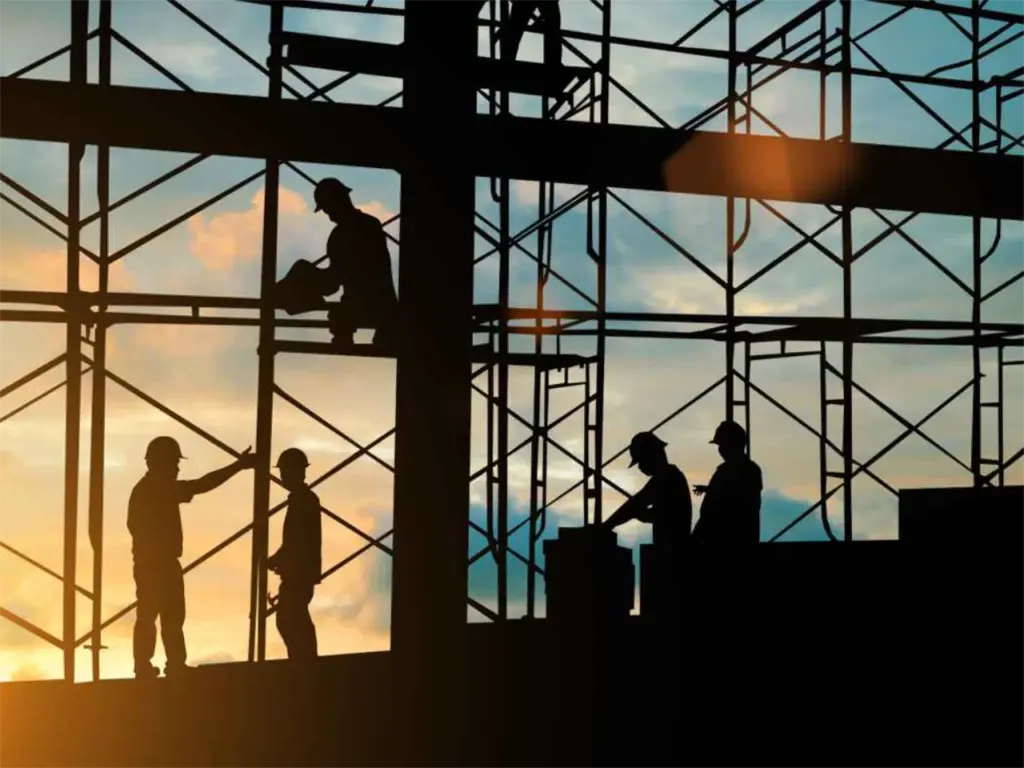
The key differences between the design-build and design-bid-build methods revolve around how the project phases are structured, the number of contracts involved, and the level of collaboration between teams. Here’s a straightforward look at these differences:
1. Number of Contracts
- Design-Build: A single or one contract covers both design and construction, simplifying communication through one point of contact.
- Design-Bid-Build: Requires two separate contracts—one for design, one for construction—potentially leading to communication issues.
2. Project Delivery
- Design-Build: Integrates design and construction phases, often overlapping them, which speeds up the process.
- Design-Bid-Build: Follows a linear process, where design is completed before bidding and construction begins, which can prolong timelines.
3. Collaboration
- Design-Build: Promotes early and continuous collaboration between design and construction teams.
- Design-Bid-Build: Separates design and construction, which can result in communication gaps and design errors.
4. Responsibility
- Design-Build: The design-builder is responsible for both phases, reducing risk and disputes.
- Design-Bid-Build: Responsibility can be unclear due to separate contracts for the designer and contractor.
5. Cost and Flexibility
- Design-Build: Offers more accurate cost estimation and early contractor input, reducing potential cost overruns.
- Design-Bid-Build: Design decisions made without construction input can lead to higher costs and revisions.
6. Project Timeline
- Design-Build: The overlap between design and construction speeds up completion.
- Design-Bid-Build: Sequential phases can lead to delays, as the project must wait for the design phase to end before construction begins.
7. Risk Management
- Design-Build: Since one entity handles the entire project, the risk of disputes is lower, with the builder responsible for both phases.
- Design-Bid-Build: There’s a higher risk of conflict between the designer and contractor, especially if problems arise during construction.
8. Communication
- Design-Build: With one team handling everything, communication between the project owner and design-builder is streamlined, ensuring all members work toward the same goals.
- Design-Bid-Build: Communication is less direct, with the project owner often having to mediate between the designer and contractor.
How Does Teamwork Factor into Design-Build Construction Projects?
Teamwork is very important in the design-build method of project delivery in construction projects, where collaboration among all parties involved is vital. The design-build method fosters a cooperative environment that enhances communication, problem-solving, and overall project efficiency.
Unified Team Approach
In the progressive design-build project delivery systems, the design-builder integrates architects, engineers, and construction professionals into a unified team. This collaboration ensures that design decisions align with construction spending, capabilities, budgets, and timelines, reducing miscommunication and minimizing design errors.
Early Involvement of Construction Expertise
The design-build delivery method allows for the early involvement of construction expertise in the design phase. This proactive engagement provides valuable insights on cost, materials, and feasibility, helping to prevent issues during the construction phase—a stark contrast to the traditional design-bid-build method, where the construction team is only involved after the design is finalized.
Seamless Communication and Problem-Solving
Open communication among all team members, including subcontractors, is critical in design-build construction. With everyone operating under a single contract, the flow of information is streamlined, facilitating quicker decision-making and effective problem-solving while keeping the focus on shared project goals.
Teamwork is integral to successful design-build projects, enabling well-coordinated execution and reducing the likelihood of conflicts and delays.
Roles of Subcontractors in Design Build Construction
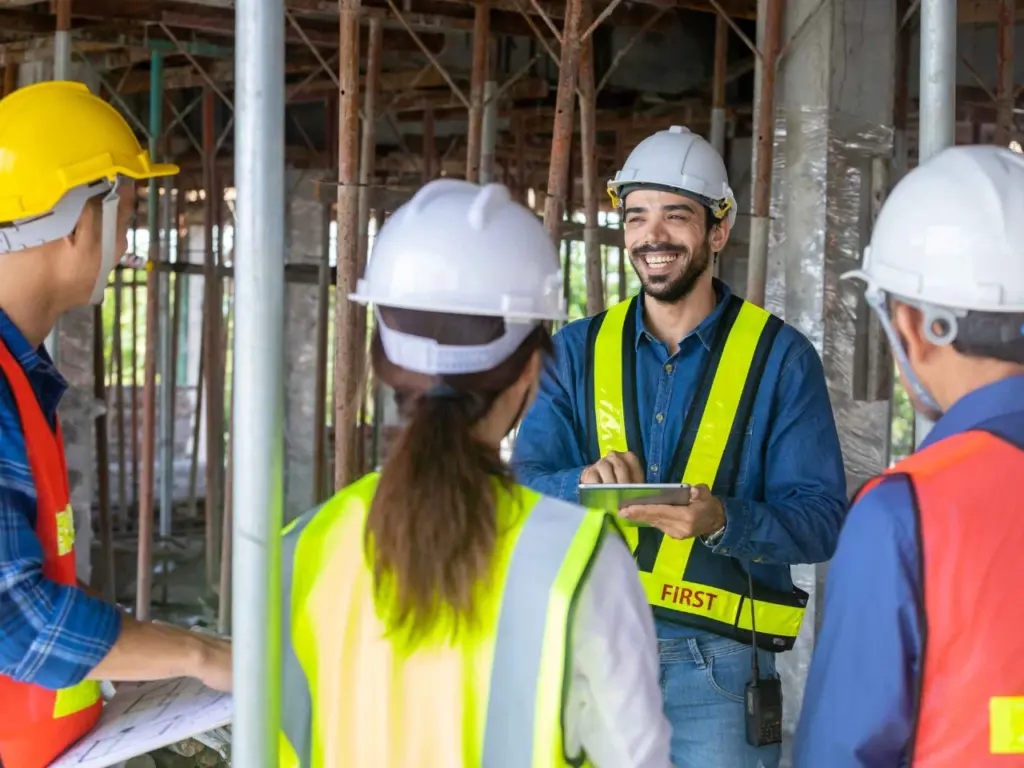
In design-build construction, subcontractors play a crucial role in ensuring the successful execution of a project. Their involvement can significantly affect project timelines, costs, and quality. Here’s an overview of their key roles:
Specialized Expertise
Subcontractors bring critical skills in areas like mechanical, electrical, and plumbing (MEP) work, which are vital for the overall design and construction process.
Collaborative Teamwork
Their early involvement in the design-build process facilitates effective collaboration, allowing a smooth integration of various construction responsibilities.
Cost Control
By providing accurate estimates and managing their budgets, subcontractors play a vital role in maintaining financial oversight throughout the construction project.
Quality Assurance
Their focused expertise ensures adherence to quality standards, which is essential for minimizing design errors and achieving successful project completion.
Project Scheduling
Subcontractors help establish realistic timelines for their works, contributing to the overall project delivery and ensuring timely completion.
Regulatory Compliance
They are responsible for ensuring that their work aligns with local regulations and safety standards, reducing the risk of delays due to non-compliance.
Risk Management
Subcontractors help distribute risks across various trades, allowing the design-build team to manage potential problems more effectively throughout the construction phase.
Final Adjustments
During project completion, subcontractors return to refine their work, ensuring that all aspects align with the contract documents and meet the owner’s expectations.
Subcontractors are integral to the design-build construction framework, offering specialized skills, ensuring quality, and enhancing project efficiency throughout the entire delivery method.
Benefits of Using the Design-Build Delivery Method

The design-build delivery method is a preferred option in the construction industry, providing several advantages over traditional procedures like the design-bid-build method. Here are the key benefits of this construction project delivery system:
Single Contract for Both Design and Construction
The design-build model simplifies construction project delivery by having the owner sign a single contract for both design and construction, unlike the design-bid-build method, where different contracts are needed. This helps the owner and design-builder collaborate better.
Faster Project Timelines
The design-build approach eliminates delays in the bidding phase of a project by allowing design and build phases to overlap, resulting in faster project timelines and quicker project completion.
Team Collaboration
The use of design-build fosters teamwork between designers and builders, ensuring that subcontractors and others with construction responsibilities are engaged early in the project phases, enhancing overall coordination.
Streamlined Project Management
The integration of BIM and project management software allows better communication among the team, making the delivery schedule more predictable and project results more successful.
Construction Expertise Integrated with Design
The design-build method includes construction expertise during the project design, leading to more practical, cost-effective solutions. This is a key difference between design-build and more prescriptive traditional methods.
Reduced Risk for Owners
The design-build project delivery method offers owners more control over cost and schedule, minimizing surprises that can arise during construction and reducing the risk of project delays or budget overruns.
Focus on the Project Rather than Managing Contracts
Since the owner has a single point of contact, there’s a focus on the project rather than managing disparate contracts, simplifying decision-making and boosting efficiency.
Enhanced Flexibility in Project Phases
In the design-build model, work can start before the design is finalized, offering flexibility to adjust the project as it progresses, unlike the fixed steps in a design-bid-build method.
Best Practices in Modern Construction
The design-build approach encourages the adoption of best practices in modern construction and often results in more innovative, sustainable outcomes.
Offers Many Advantages to Owners
Design-build brings many advantages to owners, such as streamlined construction project delivery, improved quality control, and enhanced communication, making it one of the most effective alternative project delivery methods.
How to Choose the Right Design-Build Contractor?
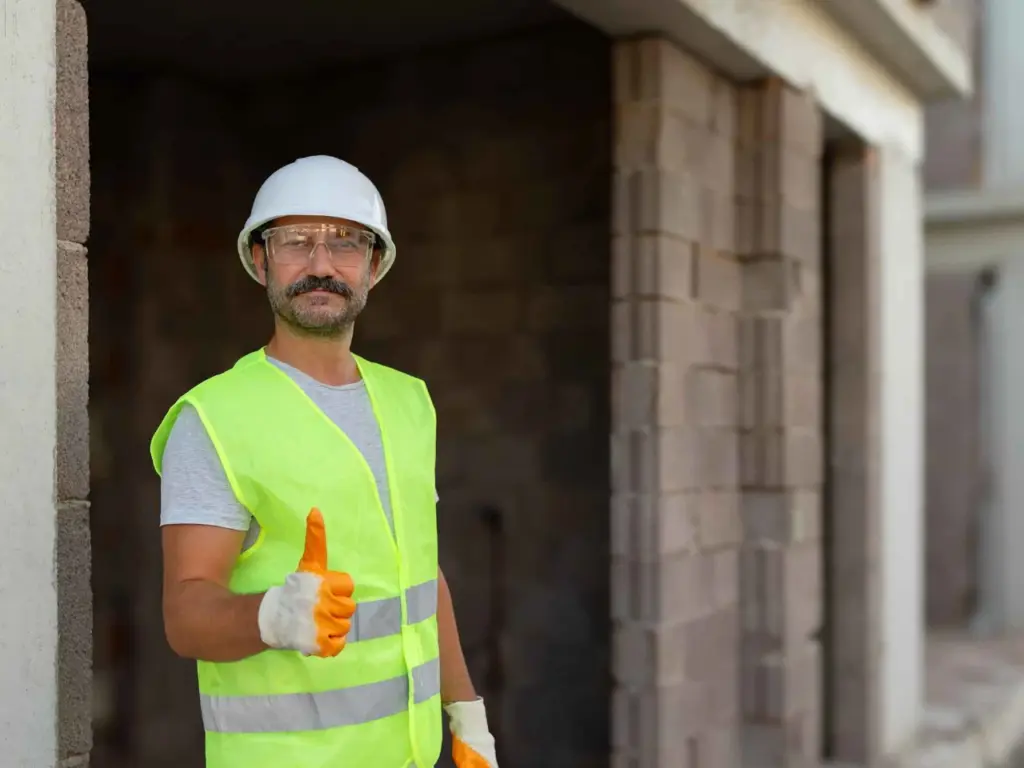
Selecting the right design-build contractor is key to a successful project. Here’s how to make the best choice by considering key factors tied to this construction method:
Experience with Design Services
Ensure the contractor has experience in providing both design services and construction under a single contract, highlighting the benefits of design-build. Their ability to integrate design and construction seamlessly can make a big difference in project success.
Subcontractors to Get the Job Done
Evaluate how the contractor manages subcontractors to get the work done efficiently. A well-organized contractor ensures that all teams work smoothly throughout the project phases.
Solid Reputation and Benchmarking
Examine the contractor’s reputation through a benchmarking and claims study. A firm with a solid track record can mitigate risks and deliver quality outcomes.
Clear Communication Between Architect and Contractor
The working relationship between the architect and contractor is crucial. The design-builder and the owner must have transparent communication to ensure smooth project execution.
Use of Building Information
Look for contractors that utilize building information models (BIM) and technology to improve project accuracy and efficiency.
Strong Collaboration with Owners and Contractors
A good design-build firm promotes healthy collaboration between owners and contractors throughout the project, which is one of the most significant advantages of this method.
Selection Process Transparency
Ensure that the selection process is transparent, with clear criteria for choosing both the contractor and subcontractors. This avoids hidden costs and surprises later.
The Firm May Specialize in Specific Construction Methods
Check if the construction firm specializes in the type of construction method that aligns with your project’s needs, ensuring they can handle its complexities.
Managing Risks
A reliable contractor should offer solutions to manage risks effectively, bridging gaps between the design-builder and the owner during all phases of the project.
Claims and Performance
Review any potential claims and performance metrics from previous projects, as these will indicate how well the contractor handles challenges and unexpected issues.
Final Thoughts
The design-build project delivery method offers a simplified, efficient approach to construction by incorporating design and construction under one contract.
This method promotes collaboration between all parties from the start, leading to fewer delays, reduced conflicts, and faster project completion.
Whether you are an owner, architect, or contractor, understanding and utilizing the design-build model can result in more innovative, cost-effective, and successful project results.
By choosing the right design-build contractor, you can ensure your project is managed efficiently, with clear communication, lower risks, and a focus on quality throughout the entire process.
Frequently Asked Questions
What are the roles and responsibilities in a Design Build project?
In a Design Build project, roles are clearly defined to ensure seamless execution from concept to completion. Here’s how responsibilities are divided:
Design Build Contractor: Acts as the single point of contact, responsible for both the design and construction phases.
Architects and Designers: Work closely with the contractor to develop the project’s vision and ensure all design specifications are met.
Project Manager: Oversees the entire project, ensuring it stays on schedule, within budget, and meets quality standards.
Client: Provides input and feedback throughout the process, approving designs and changes as needed.
A clear division of roles in a Design Build project leads to smooth project execution and accountability.
How does Design Build impact project timelines compared to other methods?
The Design Build method accelerates project timelines by allowing for concurrent workflows. Here’s how it achieves faster completion:
Overlapping Phases: Design and construction phases occur simultaneously, speeding up the overall process.
Quick Decision-Making: With all teams under one umbrella, decisions are made faster, reducing delays.
Reduced Downtime: Early collaboration between teams allows for immediate problem-solving and fewer stoppages during construction.
Design Build significantly reduces project timelines through efficient collaboration and overlapping tasks.
What is the level of client involvement in a Design-Build project?
Clients play an important role throughout a Design-Build project, ensuring the outcome aligns with their vision. Here’s how:
Initial Planning: Clients are deeply involved in setting the project’s goals, budget, and timeline.
Design Feedback: Regular input is encouraged during the design phase to ensure client preferences are incorporated.
Ongoing Communication: Throughout the construction phase, clients are kept updated on progress and consulted on any necessary adjustments.
Clients maintain a hands-on role, particularly in the planning and design stages, ensuring their vision is fully realized.
How does risk management work in the Design-Build method?
The Design Build method simplifies risk management by centralizing accountability and improving coordination. Key points include:
Single Responsibility: The Design Build contractor assumes full responsibility for both design and construction, reducing the risk of disputes.
Improved Communication: With a unified team, miscommunication, and project disruptions are minimized.
Proactive Problem-Solving: Early collaboration allows for potential issues to be identified and addressed before they escalate.
Design Build’s integrated approach significantly reduces risks, offering a smoother project experience for all parties.
What should you consider when choosing a Design Build firm?
Selecting the right Design-Build firm is crucial to project success, and there are several factors to evaluate. Consider these aspects:
Experience and Portfolio: Review the firm’s past projects to ensure they have relevant experience in your industry or project type.
Team Expertise: Ensure the team includes skilled architects, designers, and builders who can handle the complexity of the project.
Communication and Collaboration: Look for a firm that fosters strong communication and a collaborative working style with clients.
Budget Management: Evaluate the firm’s ability to manage costs effectively while maintaining quality.
Choosing a Design-Build firm with the right experience and communication skills is key to delivering a successful project.
